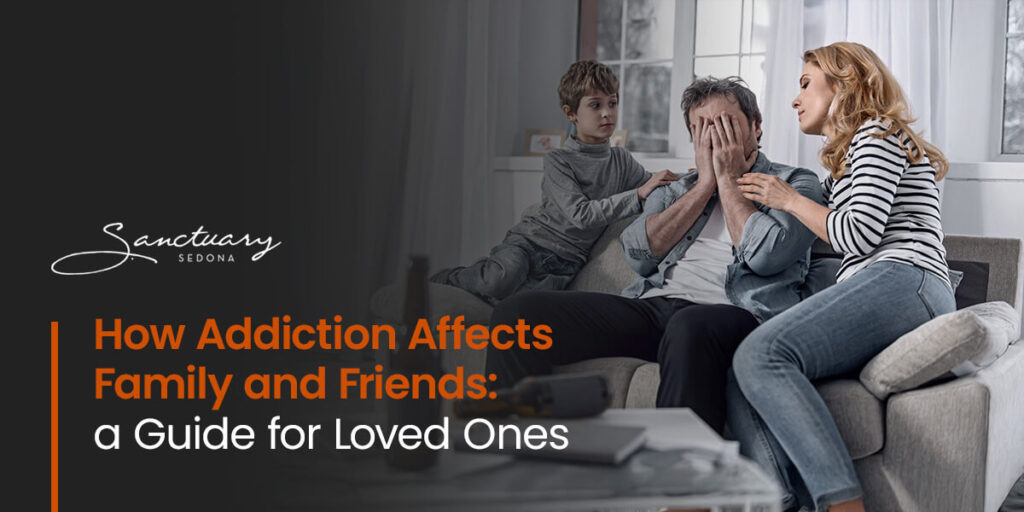Experience an All-Inclusive PTSD and C-PTSD Treatment Center
What makes alternative holistic PTSD treatment at The Sanctuary so effective is the combined synergy of our program components.
At The Sanctuary, everything you do during your 30-day program is a progression of what you’ve done before. Each morning, you’ll receive a personal schedule with all your therapies and activities for the day. These are carefully coordinated by a team of therapists who work together to serve your recovery process in the most effective way.
Unlike other trauma recovery centers that pick and choose which offerings to provide guests, we empower guests with an all-inclusive PTSD treatment. Every aspect of your care is included in the price. Tying all the pieces together in this way makes our program so much stronger so you can overcome issues as serious and deeply rooted as PTSD and complex trauma.
Explore what’s included in our core 30-day PTSD residential program.
Safe, Supportive Setting
The thought of revisiting past trauma can be intimidating. Complex PTSD especially can leave you struggling to feel safe in any environment. That’s why we’ve created a serene, supportive environment amid the beauty of nature, where you can relax, release pent-up emotions and prepare for the deep work ahead.
Our beautiful 22-acre campus, surrounded by vibrant red rock landscapes, is the ideal setting to release the stress stored in your cellular memory. From luxury accommodations to gourmet organic meals and world-class amenities, every aspect of your stay is thoughtfully designed for total immersion.
For our team at The Sanctuary, this is more than a job — this is our passion and purpose. We eat our meals with guests every day, providing a sense of familiarity and comfort. Many clients say they instantly feel like part of the family, which helps them feel welcome, comfortable and confident about their healing journey.
Psychiatric Assessment
PTSD residential treatment at The Sanctuary includes an in-depth psychiatric assessment. Weekly follow-up sessions with our board-certified psychiatrist allow us to determine the manifestations of your PTSD symptoms and pinpoint areas of concern.
Hands-on support is also available to help with your prescription needs. While our holistic approach does not negate the use of medication, many of our clients find that they’re able to take less medication because other therapeutic methods reduce their symptoms.
Talk Therapy and Evidence-Based Therapeutic Treatments for PTSD
At The Sanctuary, we encourage clients to explore our many therapeutic pathways and coping strategies for PTSD until they find what resonates with them. Our therapists are highly skilled in multiple disciplines and are happy to guide you through this process.
We treat PTSD using a completely individualized holistic program, which integrates various trauma-based therapy techniques. Each method approaches trauma from a different angle. Your care may include a number of therapies that have been proven successful in treating PTSD, including:
- Eye Movement Desensitization and Reprocessing (EMDR) Therapy: This therapy uses specific eye movements to help you move memories to a safer place in your brain so you don’t feel as acutely affected by them.
- Exposure Therapy: The primary goal of this behavioral therapy is to overcome fears through confrontation.
- Cognitive Behavioral Therapy (CBT): CBT involves evaluating thought processes, triggers and reactions to help you understand how you mentally process trauma and change your behavioral responses.




